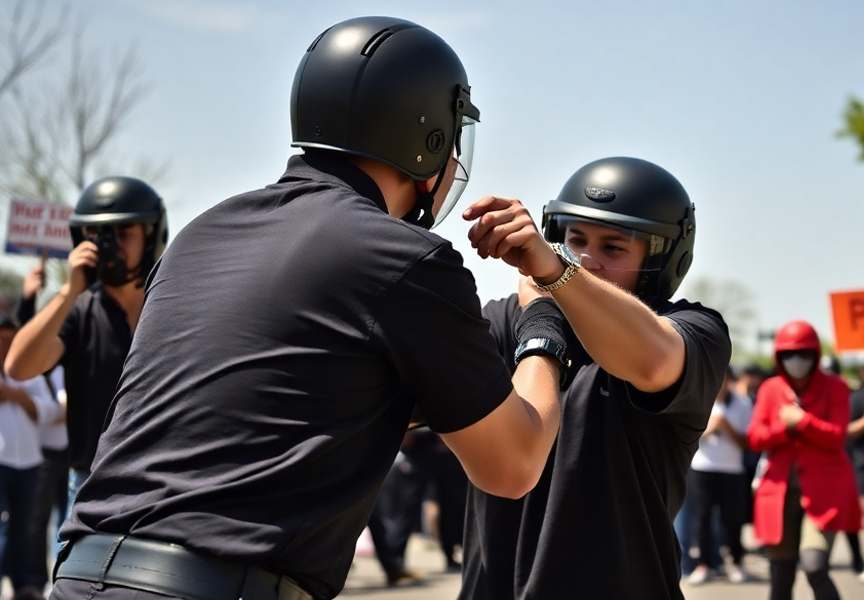Random Free Articles
- Martial Arts Compulsory in Educational Institutions for a Healthier Society
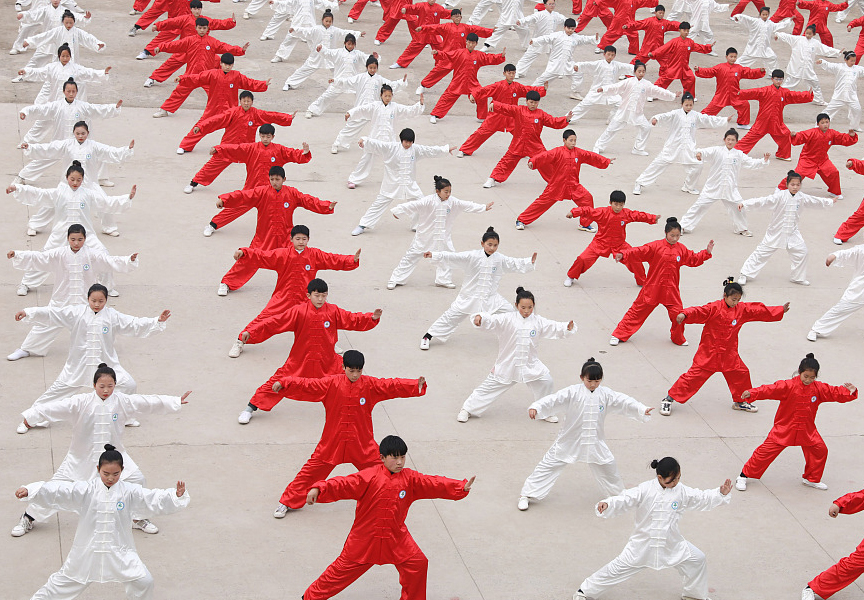
Martial Arts Compulsory in Educational Institutions for a Healthier Society In today's fast-paced and increasingly sedentary world, the importance of physical activity cannot be overstated. Sedentary lifestyles contribute to a myriad of health issues, ranging from obesity to cardiovascular diseases. As societies grapple with these challenges, it becomes imperative to explore innovative solutions to promote physical well-being. One such…
- Vital Role of Proper Breathing
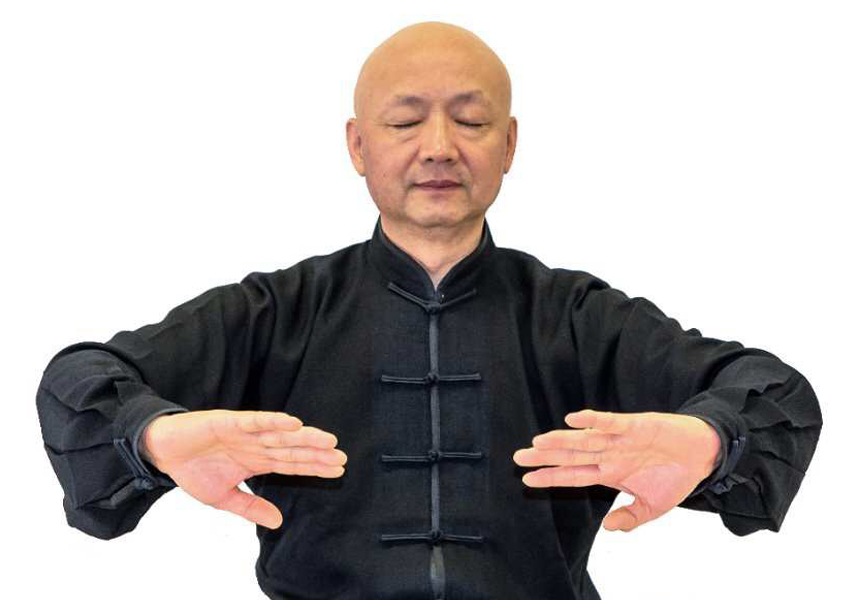
Martial arts, beyond its physical demands and techniques, encompasses a profound understanding of the mind-body connection. Among the various elements that contribute to the success of a martial artist, proper breathing stands out as a fundamental and yet often overlooked aspect, especially in hard styles. In many traditional martial arts disciplines, effective breathing methods are left to the students to discover on their own. This article…
- A Living Master; A Living Blessing

In the tapestry of human existence, certain individuals emerge as beacons of wisdom, compassion, and enlightenment. A living master, often recognized as a spiritual guide, mentor, or teacher, embodies the essence of a living blessing. These extraordinary individuals traverse the realms of knowledge, guiding seekers on the path of self-discovery, inner peace, and spiritual awakening. The Living Presence: A living master is not merely a…
- The Manifesto of Martial Arts
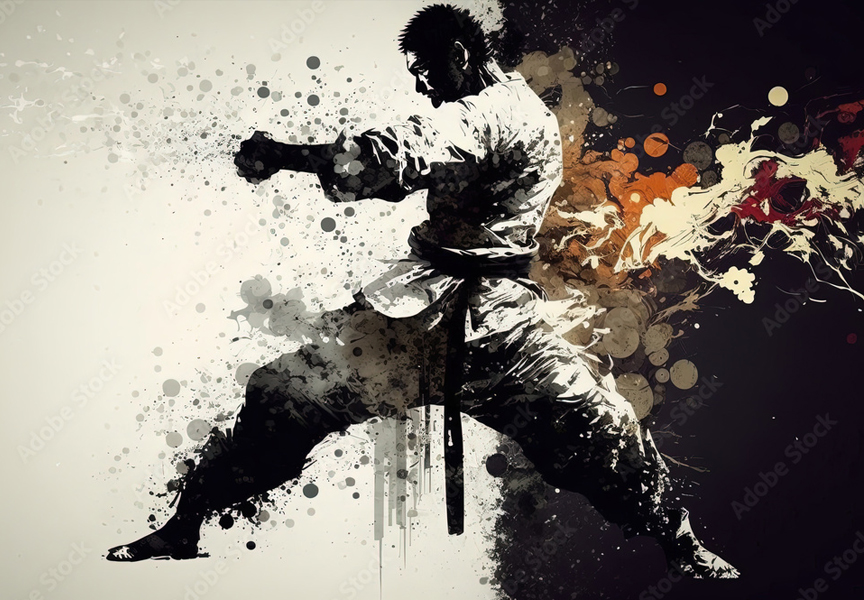
Beyond Championships to Internal Improvement In a world driven by competition and the pursuit of championships, it is imperative to revisit the essence of martial arts. This manifesto seeks to redefine the perception of martial arts, emphasizing that they should not be considered merely as a sport. Instead, martial arts are profound disciplines that transcend the quest for championships, focusing on internal improvement and personal growth. I.…
- Dedication to Learning a Martial Art
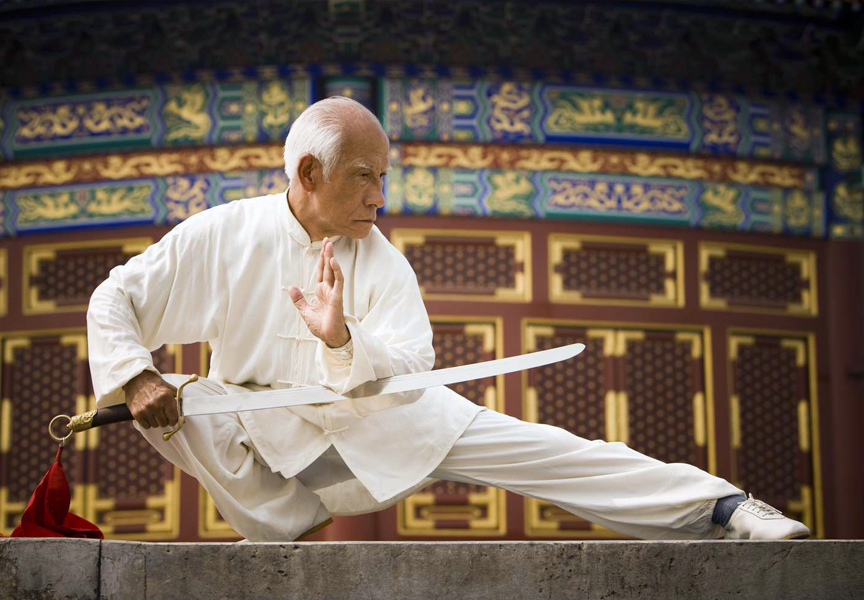
Martial arts are not just a form of physical exercise or self-defense; they are a way of life. To truly master a martial art, one must embrace a journey that demands unwavering dedication, discipline, and a deep respect for tradition. Learning a martial art is not a casual pursuit; it requires a commitment that goes far beyond the confines of a dojo or training hall. In this article, we explore the importance of dedication to learning a…

